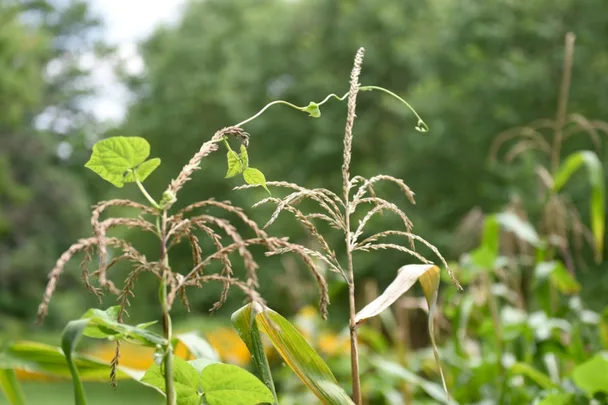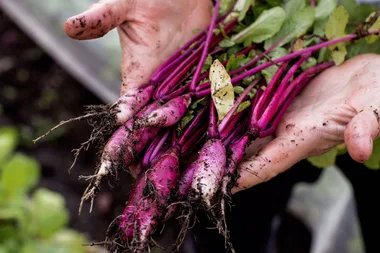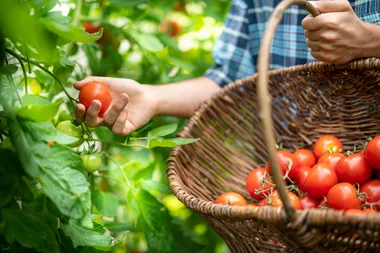There are so many things to consider when beginning to grow your own vegetables, from how much sun and water they need to the space and plants around them. And of course, how many vegetables you’ll get to bring in from the garden.
Companion planting is one of the simplest ways to grow beautiful vegetables in harmony by considering which plants will support each other. There are many different approaches to it, but one of the most established is the the Three Sisters method, which has been around for thousands of years. Here’s what you need to know.

What is the Three Sisters planting method?
The Three Sisters planting method is one of the most well-known and successful companion planting methods for corn, beans and squash. It was developed through Indigenous American agricultural practices used thousands of years ago.
In most modern examples of Three Sisters planting, the three vegetables are planted in a circle formation to create a companionship that is perfect for growing and protecting each plant.
It’s also common to find this method used for backyard gardening. But, according to the US Department of Agriculture (USDA), “its historical value lay in larger-scale implementations designed to nurture and sustain entire communities.”
The Three Sisters also has significant cultural and spiritual elements for the Indigenous peoples that developed it. For example, the Carnegie Museum of Natural History states: “To the Iroquois people, corn, beans, and squash are the Three Sisters, the physical and spiritual sustainers of life.”
This is reflected in the actual planting method, with the three plants – corn, beans and squash – supporting and being supported by each other.
Corn
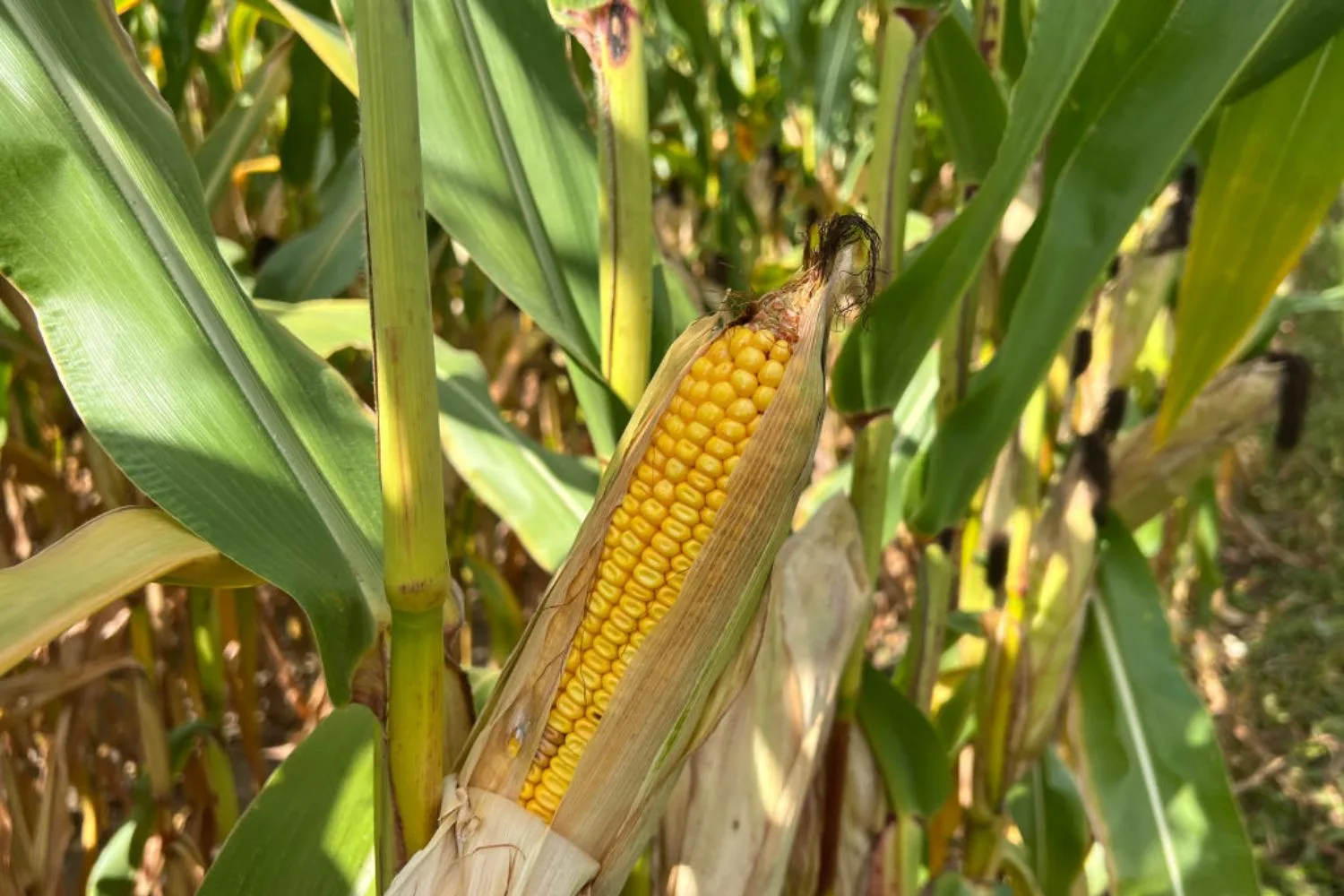
Corn acts as a physical support system for the Three Sisters planting method. Corn is fast-growing, tall and strong and is perfect for bean poles to climb up and grow healthily. This allows the beans to have adequate sunlight and means you do not need a trellis for them to grow on.
The best corn to use is flour or flint corn as they grow to the very end of the harvest season.
Beans

The beans are the nutrient suppliers in the three sisters trio. They are a nitrogen fixing plant and connect with nitrogen fixing bacteria to supply it to themselves, the soil and other plants around them. Beans are essentially the feeders to the corn and squash.
For the three sisters planting method to work, you must use pole beans as they are climbing beans and do not take up too much ground space.
Squash
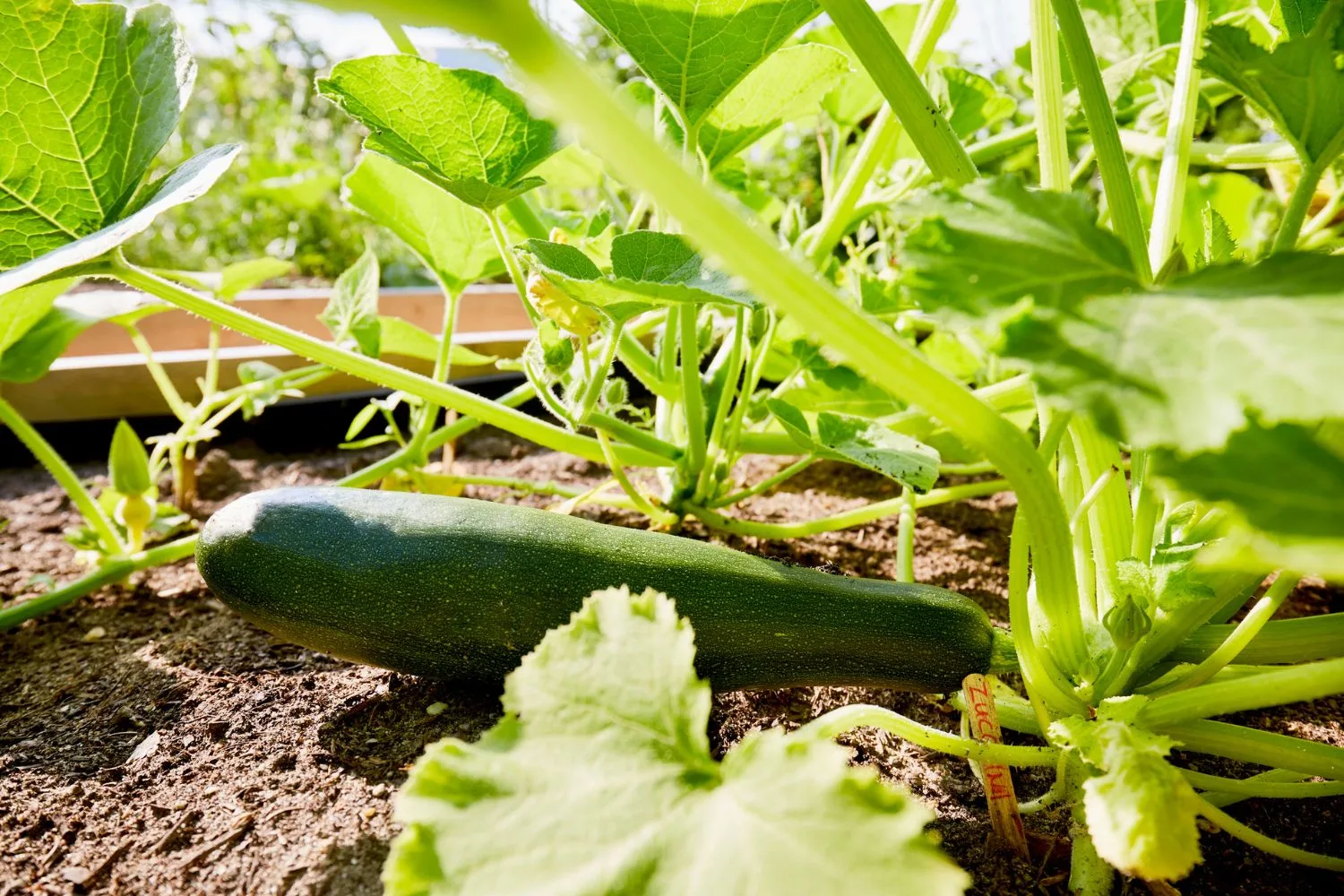
Squash is the ground protector of the Three Sisters. Because of its big, wide-spread leaves, a squash plant helps regulate the moisture of the soil and protects the roots.
These big leaves are also a great weed deterrent, and will ward off pests and unwanted insects with its spiny vines. Any type of squash will work great in a Three Sisters garden, including pumpkin and zucchini.
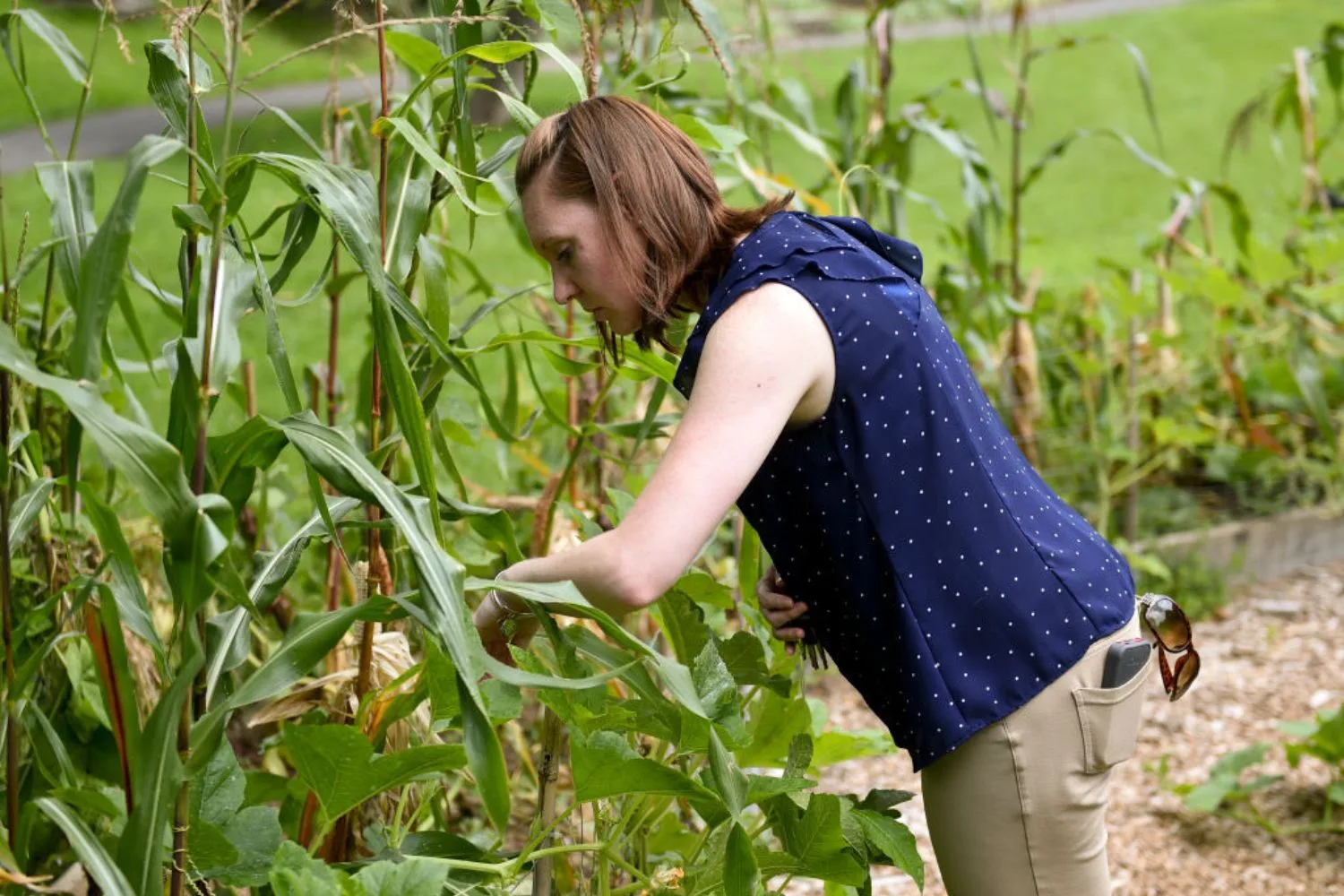
How to plant a Three Sisters garden bed
- Choose a spot that gets a good amount of sun (6 hours or more). Because corn is wind-pollinated, you should prepare mounds of soil that are spread a couple of metres apart.
- Prepare your soil; it should be rich in organic matter. Rake your soil into large mounds with the top of the mound flat. Any compost or fertiliser should be added to the soil now as well.
- In mid to late spring, plant around half a dozen sweet corn seeds or young saplings in a circle about half way into the raised bed.
- When the corn or maize is around 10-12 cm in height, add four bean seeds around each young plant.
- Shortly after the beans have germinated, add half a dozen of your squash seeds placed in a circle, between the sweet corn plants and the edge of the mound.
- Keep the beds very hydrated by watering often. Avoid splashing the squash plants with too much water.
- For maintenance, weed as necessary, and feed regularly with a general purpose vegetable feed.
Ideally, your corn, beans and squash should be planted in a circular form to maximise the benefits and protection of this companion planting method.

Tips for Three Sisters planting
- If you do not want corn or cannot find a suitable corn type, then you can plant sunflowers instead. While this isn’t technically Three Sisters, sunflowers make a great companion plant for beans and squash because they are easy to grow and provide a ‘trellis’ for your bean poles to climb.
- Once your corn is planted and sprouting, it is always a good idea to push the soil up around each plant so the wind does not destabilise them.
- If you do not have enough space for a full garden bed, you can actually create a container version of the Three Sisters planting method. This can be done by finding smaller varieties of corn plants and using zucchini instead of larger squash types.
What is companion planting?
Companion planting involves planting specific vegetables next to each other so that they can grow together in harmony. This companionship may help with fertilisation, pollination or other plant processes to increase growth and flavour.
Simply put, there are some vegetables that do better when they have a special friend with them. For example, tomatoes, basil and beans are great summer companions in your garden because of the way they interact with nitrogen in the soil.
